Fundamental Insights
#1 Merge might happen in the week of Sept. 19
Main Ethereum developer Tim Beiko’s projection of merge date is the first time that a merge date has been given, beyond a timeline of months or quarters, even though it is still a soft date. The price of ether spiked 45% over the weekend on the news.
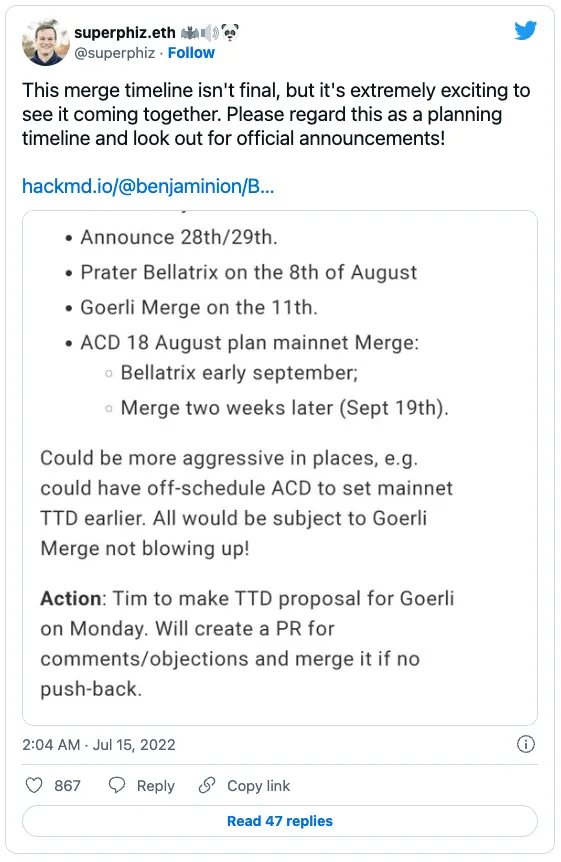
What is the Merge?
The Merge will see Ethereum switch from the energy-intensive proof-of-work (PoW) consensus mechanism brought to the fore by Bitcoin to a more efficient proof-of-stake (PoS) system. This change will improve Ethereum’s energy efficiency, scalability, and decentralization. After The Merge, miners will no longer be needed to validate transactions, and the responsibility will shift to validators who have earned the right to participate by staking ETH.
In order for The Merge to be completed, the current PoW mainnet (i.e. ETH 1.0) will be combined with the Beacon Chain, introduced earlier under ETH 2.0, to create a new chain that utilizes PoS moving forward while maintaining the prior history of the Ethereum network.
PoS: replaces miners with validators. Validators can stake 32 ETH with the Ethereum network for the chance to get randomly selected to add blocks (bundles of transactions) to the chain.
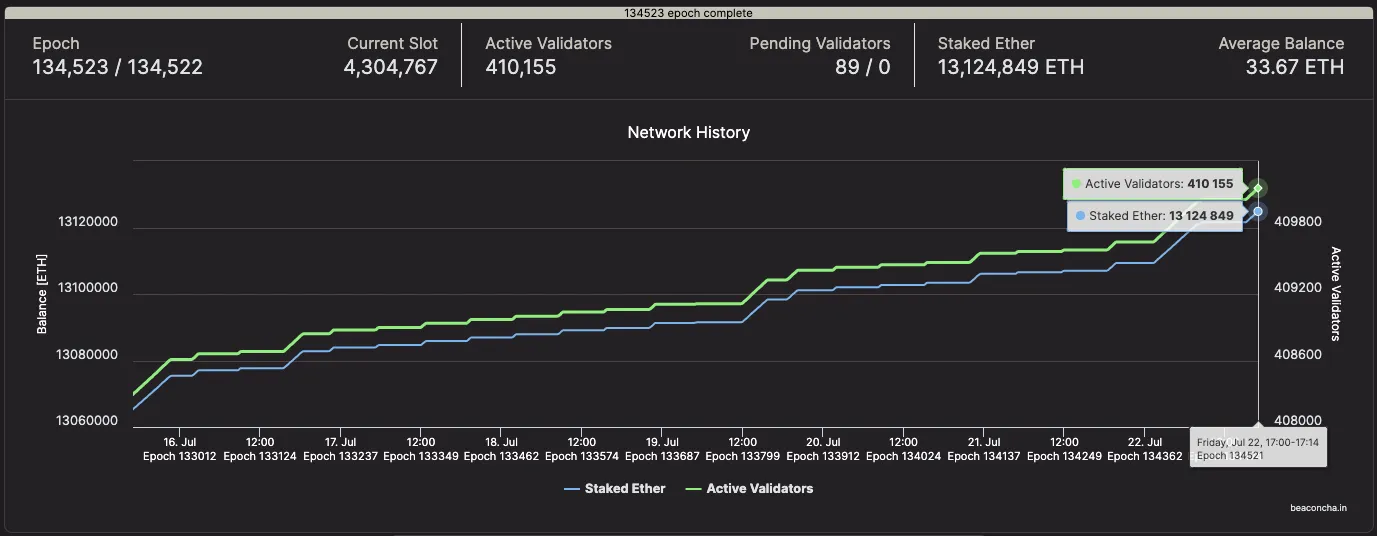
source: beaconcha.in
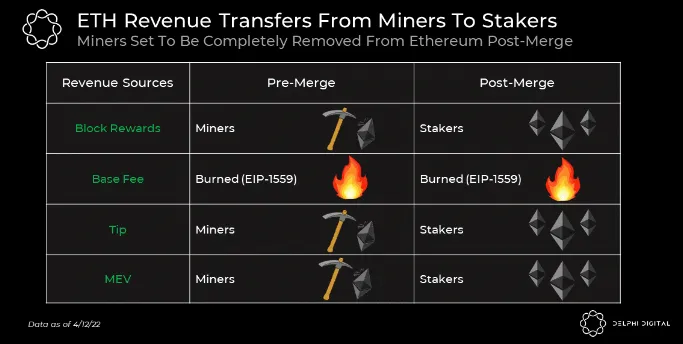
source: Delphi Digital
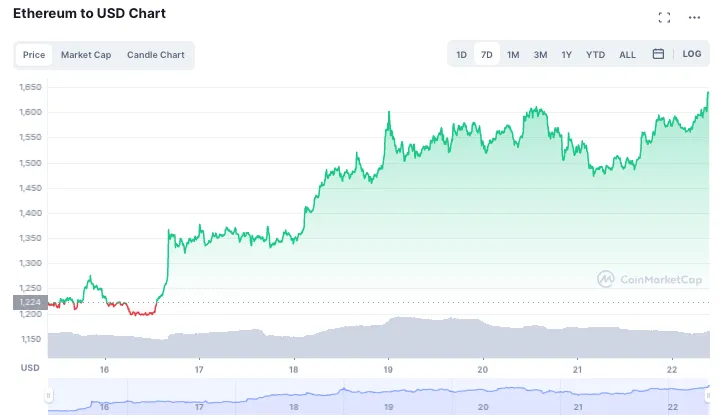
source: CoinMarketCap *Ether price surged as the upcoming merge is a catalyst for appreciation
Implications
The $19 billion Ethereum mining industry will need to find a new home. Miners can turn their resources to support web3 protocols, for example Render Network and Livepeer.
Around ~9.7% of the total ETH supply is being staked. All staked ETH will remain out of circulation. Therefore, staking will continue to be a significant supply sink for ETH.
EIP-1559 was the first step to turn ETH into a deflationary asset and, since its introduction in Aug 2021, it has led to ~1.8% of the total ETH supply being burned. The Merge will take this a step further by slashing ETH issuance anywhere between 60-90%.
The Merge, ETH staking yields could reach around 9%, which is a relatively attractive yield.
#2 Tokenomics starts with designing goals and incentivizing individual behavior to a common goal
The Psychology of Human Misjudgment, a speech given in 1995 by Charlie Munger, illustrated how behavioral psychology can be applied to business, economics and problem solving. Charlie Munger illustrated how psychology can be used to obtain a more structured and thorough understanding of how incentives shape human actions. Sometimes the solution to a behavior problem is simply to review and adapt incentives to make sure they align with the desired goal.
Money is one of the greatest forces of social good, besides social norms. Remunerative incentives align interest. It keeps people honest. Monetary incentives should be integrated into as many areas of socio-economic interaction as possible to achieve the desired behavior. Punishment, e.g. through taxes, works well to prevent actions whereas incentives work best to encourage them.
Tokenomics is an emerging field of economic coordination games in cryptographically secured P2P networks. The term emerged in the developer community and gained traction through academia but it still remains under design, possibly because it is often used in different contexts and leads to different meanings when trying to come up with a general definition.
Tokenomics applies game theoretic mechanism design in combination with cryptography to create robust decentralized P2P protocols. The main characteristics are the following:
Building systems (networks) that have certain desired properties
Using game-theory and economic incentives to encourage the system to hold desired properties in the future
Using cryptography to prove properties about the past, makes it tamper-proof
By introducing scarce tokens, protocols allow for (social) coordination in evolving, the complex open systems formed by a large number of participants. This coordination, based on game-theoretical and economic principles embedded in the protocol, evolves the system as a whole towards the desired properties.
To summarize, token-based networks can be compared to some kind of digital nation state, where each digital state has its own interest area, rules, and desired system goals. The biggest advantages thereby, ensuring trust by trustless technologies and automatization through self-enforcing rules and incentives.
Weekly Recap
Indicator Tracking
MVRV
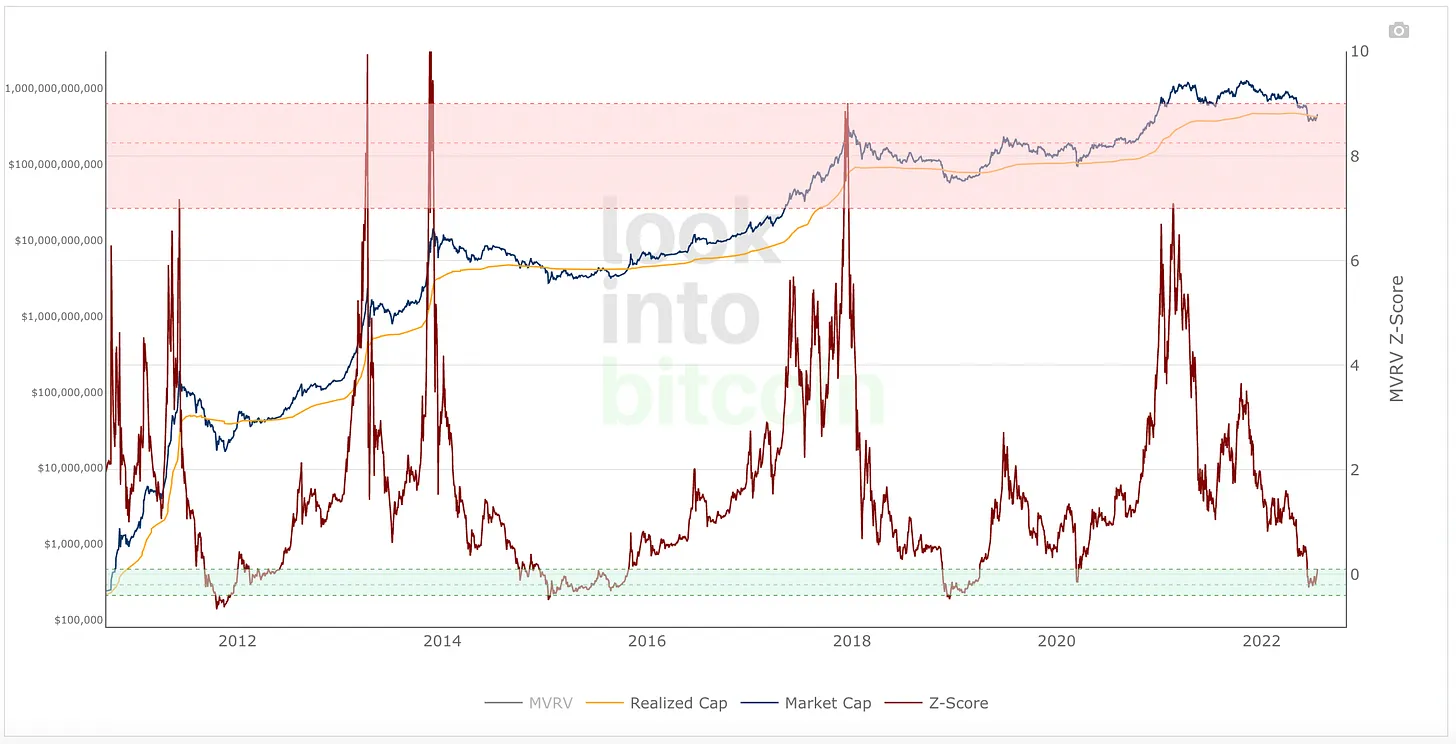
source: lookintobitcoin
Crypto Fear & Greed Index
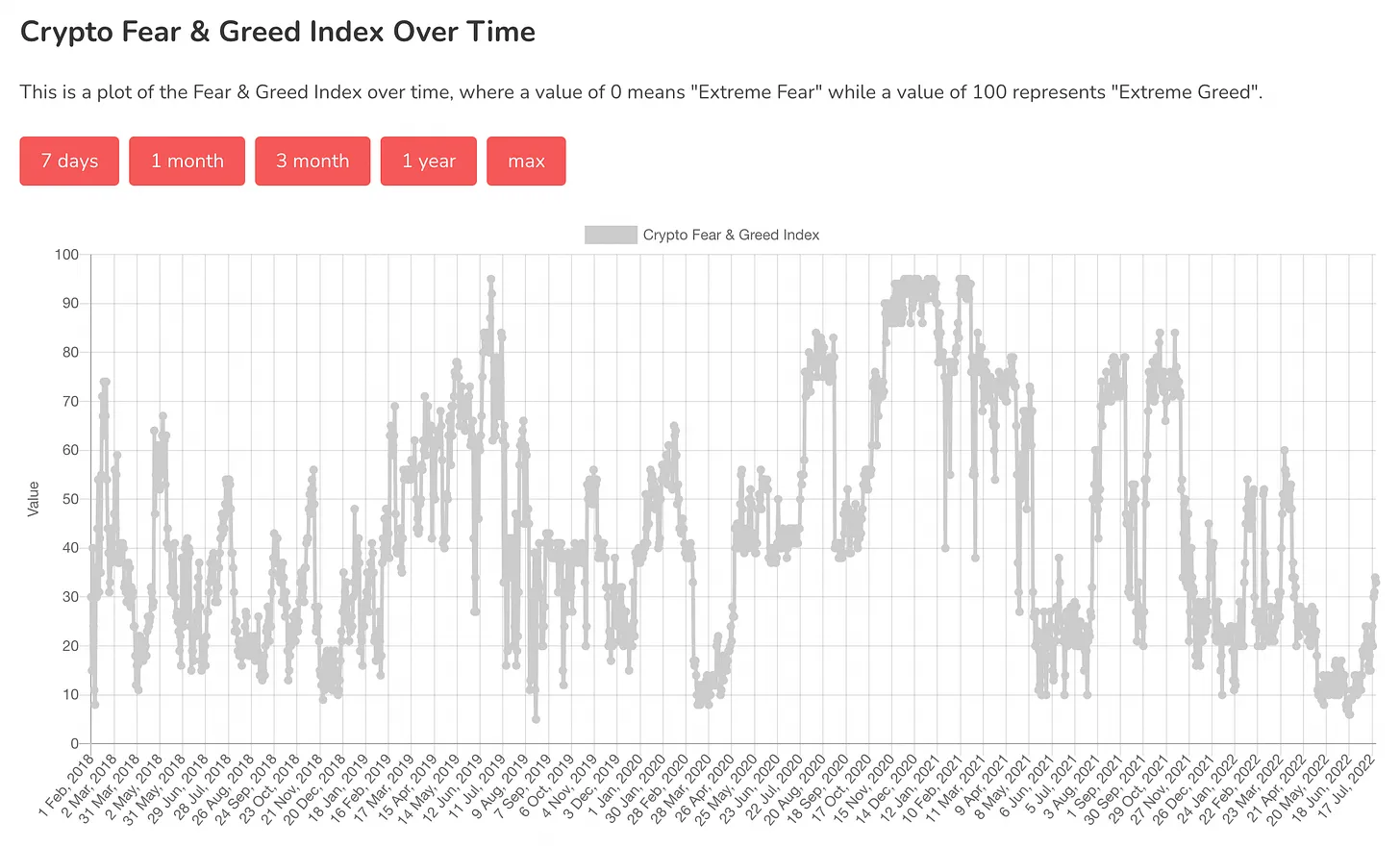
source: alternative.me
Data of NFT Market
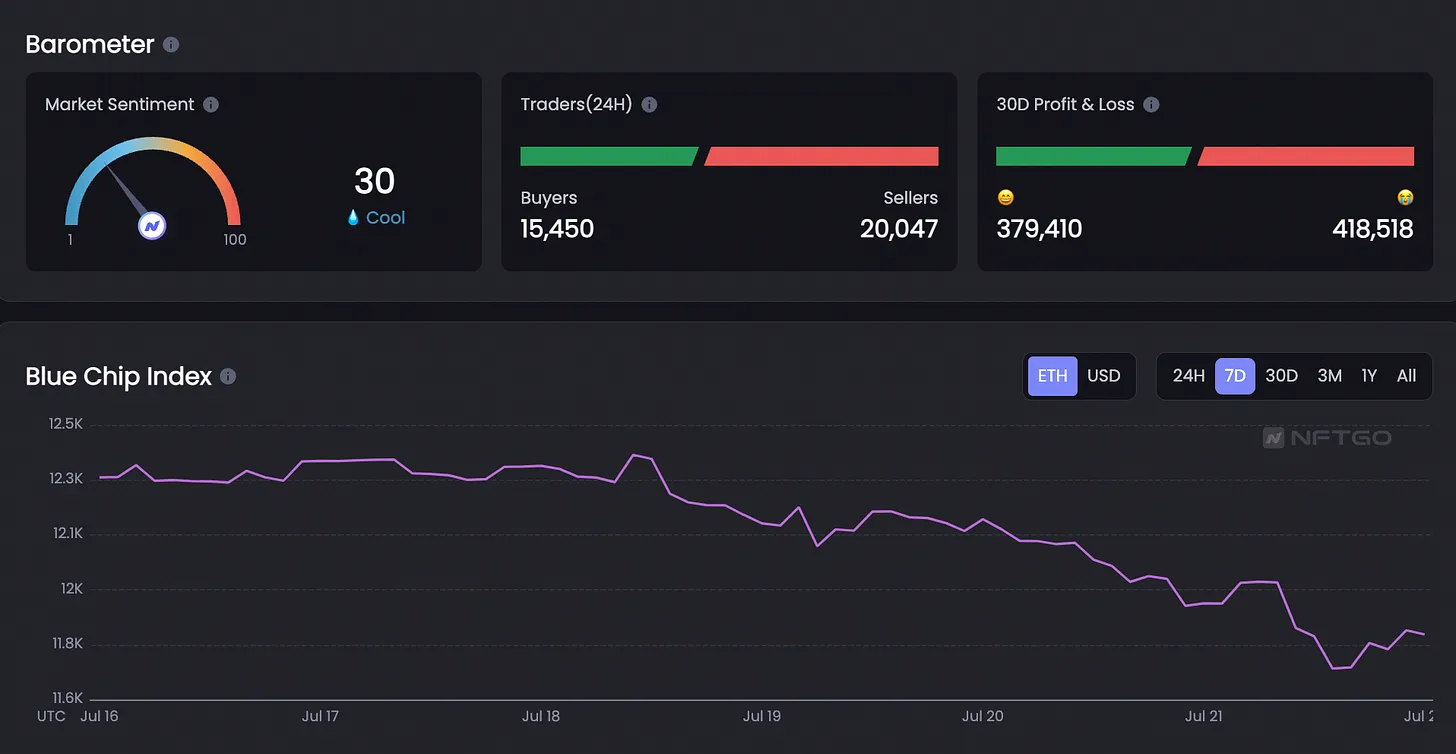
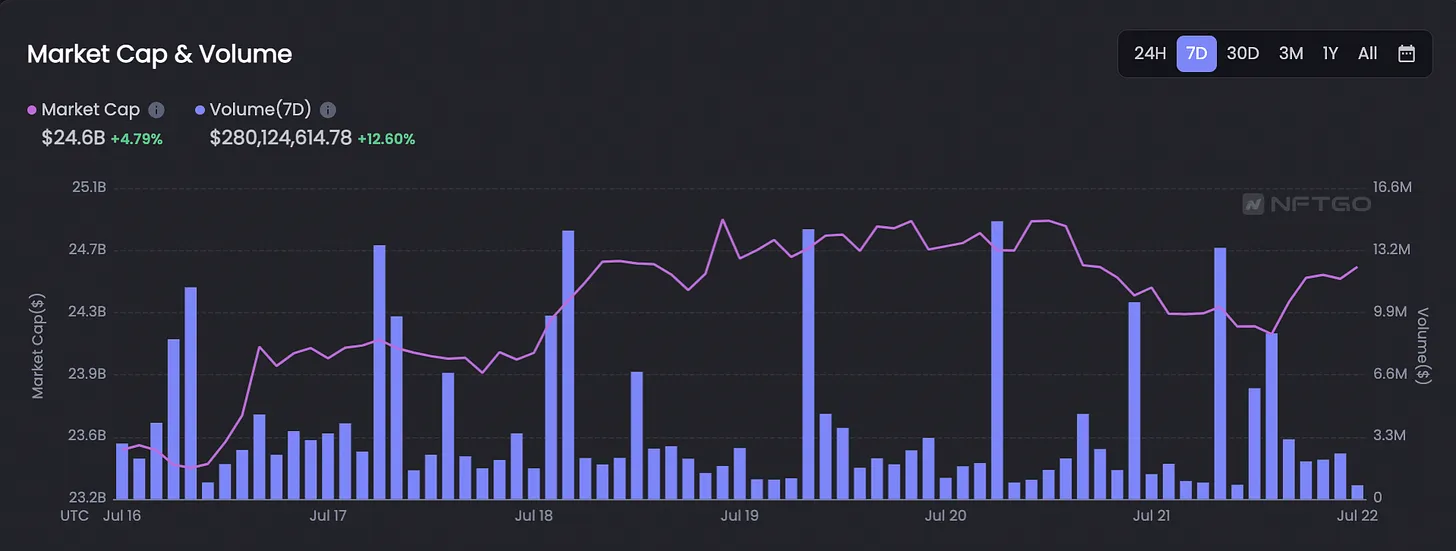
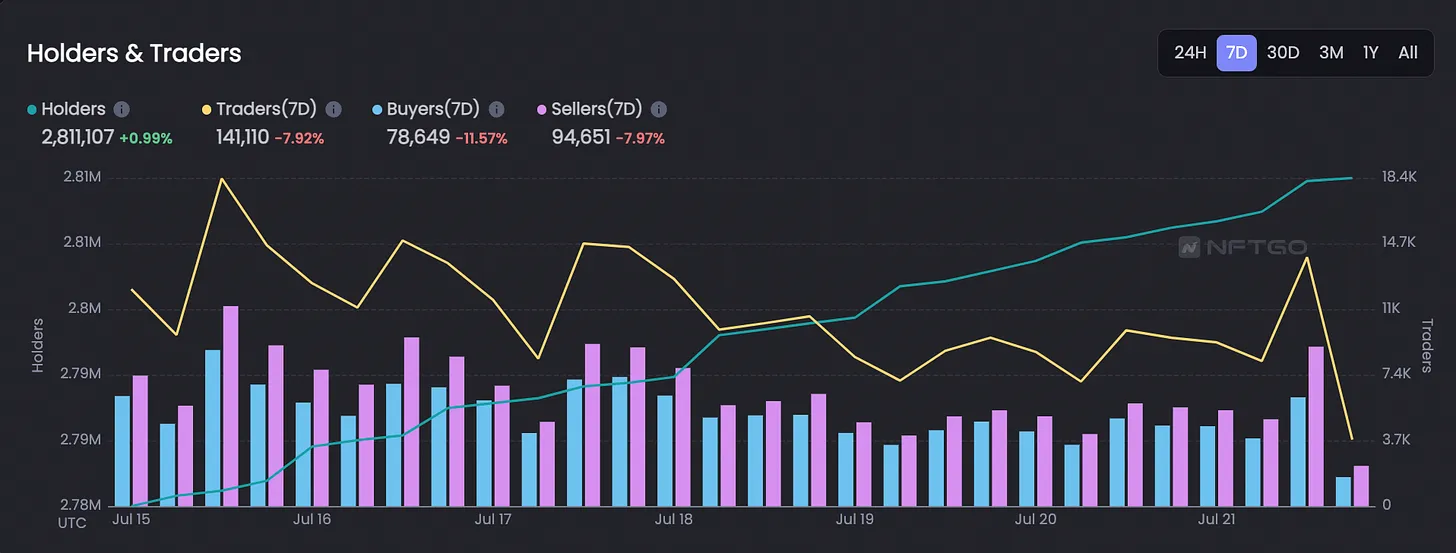
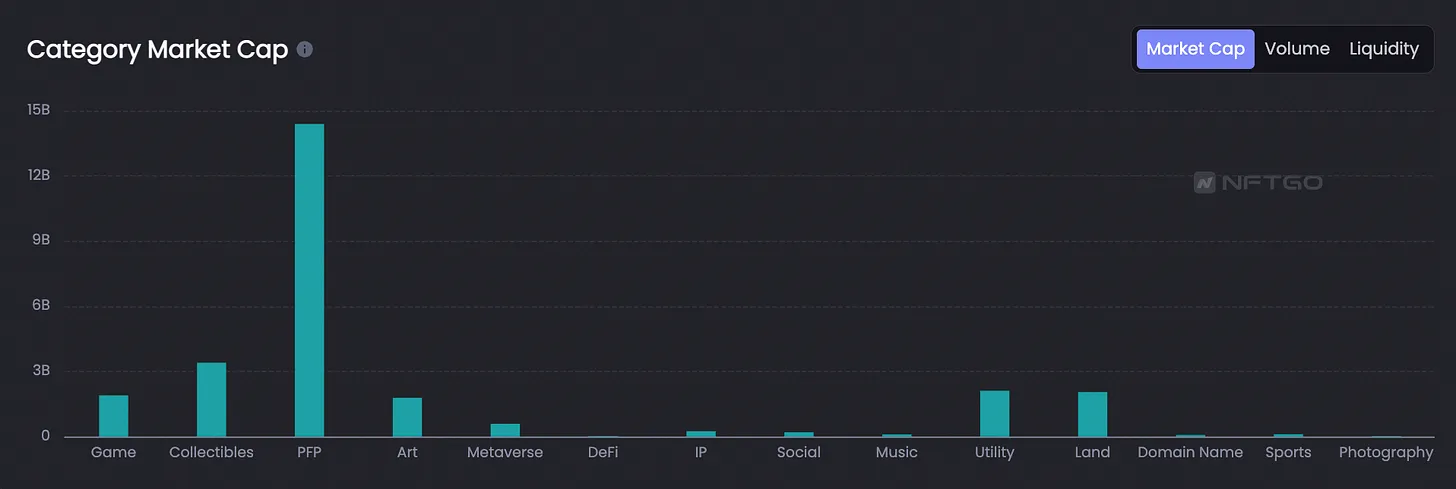
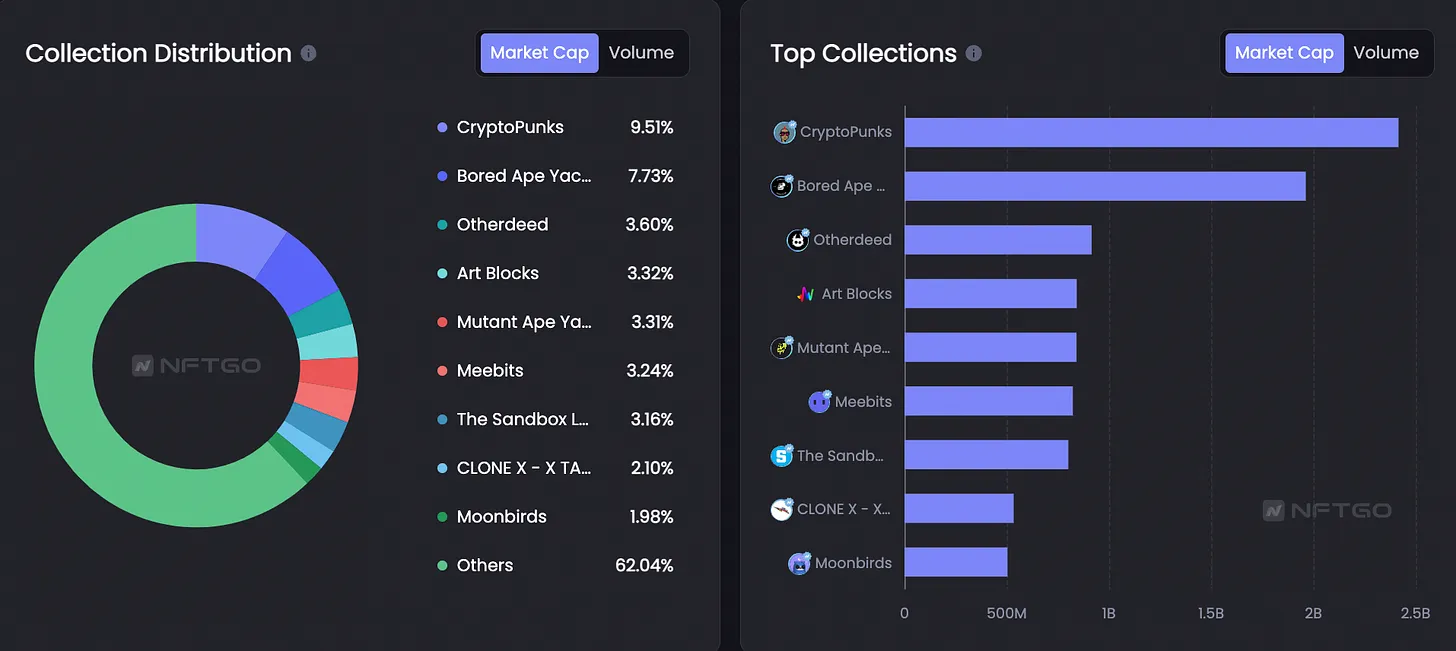
source: NFTGo
Total Value Locked of DeFi

source: DeFiLlama
Total Value Locked All Chains

source: DeFiLlama
Protocol Total Revenue
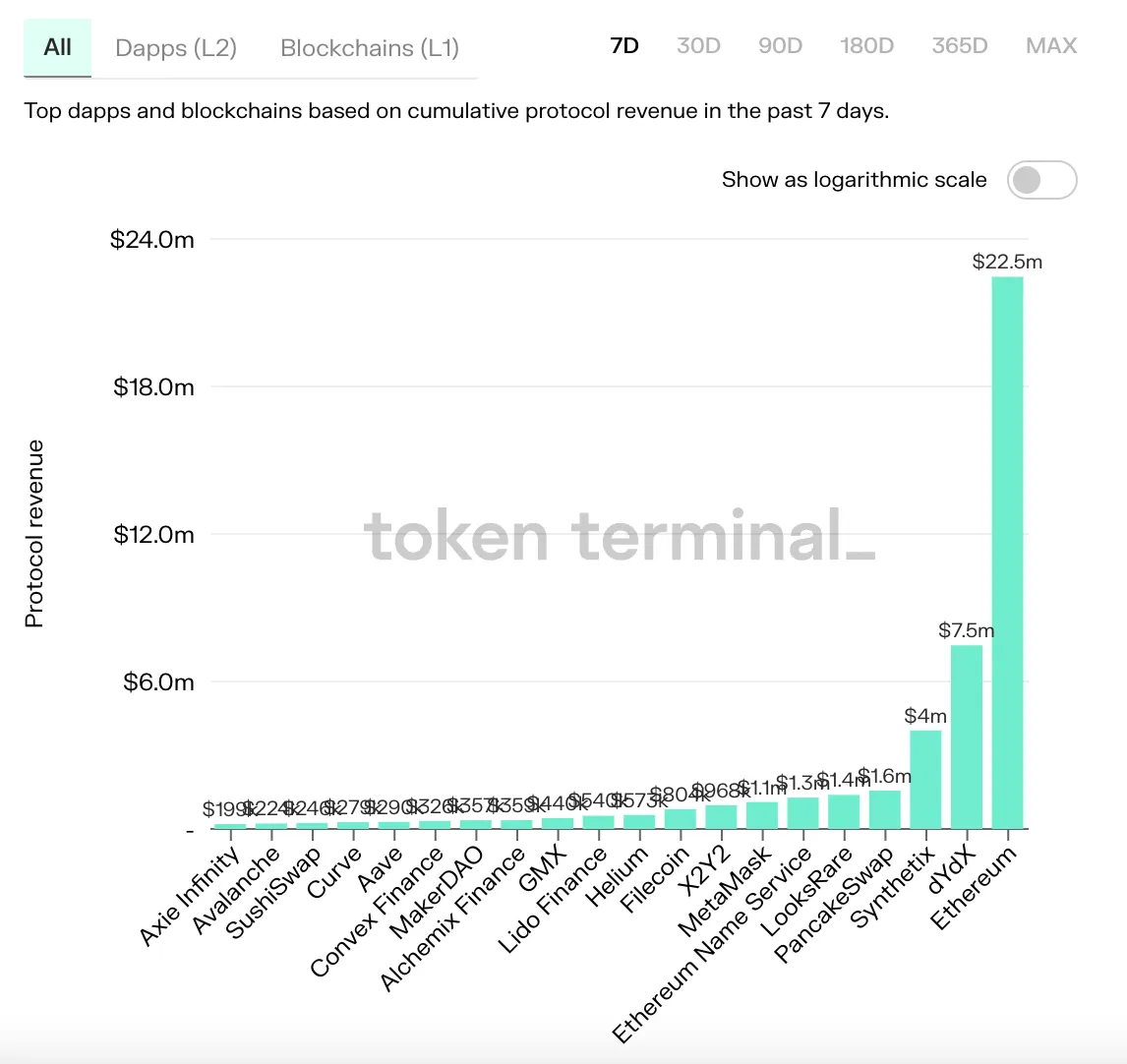
source: Token Terminal